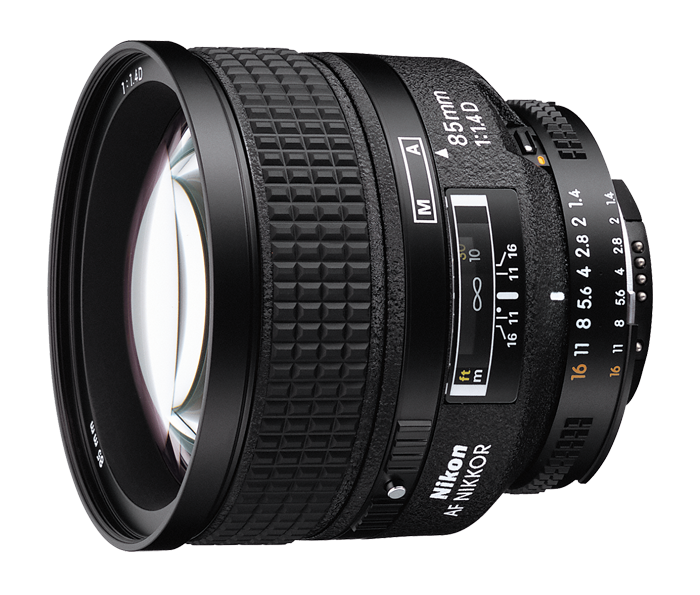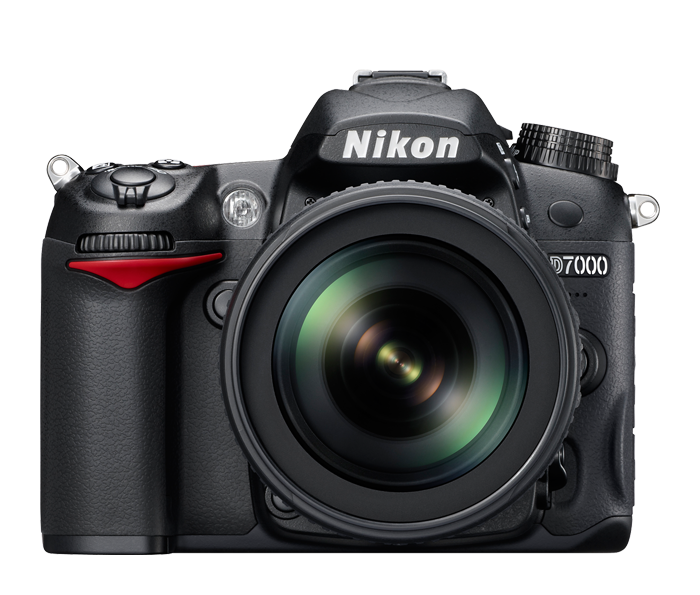Introduction:
I've longed to obtain a good portrait lens for awhile now, and after months of research and testing, I settled on the Nikkor 85mm f/1.4 AF-D. The Nikkor 85mm f1.4 AF-D lens has long been regarded as one of Nikon's best lenses for many reasons. The lens produces incredibly creamy bokeh (the aesthetic quality of the blur in out-of-focus objects in a photograph) and separates the subject with extreme clarity and definition. This is partially because the lens sports a rounded diaphragm with 9 blades. This lens is an absolute champion for portraiture and creative photography as well as landscape photography. This lens offers an incredibly fast 1.4 aperture, which provides great low light capability. It is sharp at every aperture, except, perhaps in the corners at f/1.4.

Technical Specifications:
The technical details of this lens are impressive - extremely fast maximum f/1.4 aperture with stops at every aperture (smallest aperture is f/16); 77mm filter size (great news since most professional lenses take this filter size); a minimum focal distance of 2.8 feet (.85 meters). For an FX body, the horizontal angle of view is 24°, for a DX body, 16°. While this is an autofocus lens, it is not an AF-S lens, meaning that it won't autofocus on the low-end DSLR bodies. Nikon lenses with integrated autofocus-motor are designated AF-S (this lens is AF-D). They are needed for new cameras with lack of an autofocus motor. Today these are the Nikon D40, D40X, D60, D3000, D3100, D5000, D5100 and the Nikon 1 series with FT1 adapter. Fortunately for me, the autofocus works wonderfully on the Nikon D7000, which is arguably the best non-FX camera body made by any camera company. For those of you with one of the above Nikon bodies, do not fret - Nikon has recently updated this lens, enhancing the autofocus by adding a silent wave motor, and modernized the look and feel. The newer version is titled, “85mm f/1.4G AF-S”. Unfortunately, that lens costs nearly twice as much.
Build and Feel:
The build of this lens is quite impressive as well. You may notice that newer Nikon lenses feel plastic-like and cheap. Not this lens, which entered the market in 1995 and had its final production run in 2010. The lens is very solid and feels great.
My Experience on a DX Camera Body:
Many reviews suggest that DX users should not bother with this lens due to the crop-factor of an FX sensor. While I won't disagree that it seems to be a good idea to go with the 50mm f/1.4 lens instead, I opted for the 85mm f/1.4 because I had used it before and because it is often regarded as one of the best lenses you can purchase. I also want to think about the future of my photography; therefore, lenses are an investment. You could spend $500 on glass that you won't be able to use on your next camera body, or you can invest $1000 on glass that you can. The choice is yours. Personally, I find the lens to be a perfect fit for my Nikon D7000, albeit, a tad long. Certainly, the lens has forced me to re-think the way I shoot, and that is enough for me (also - good luck getting similar bokeh results on a 50mm f/1.4).
Performance:
This lens performs wonderfully at almost every f-stop. Even at f 1.4 images are crisp and sharp, with minor loss in sharpness in the corners. By f2.8, images are perfectly sharp, even at the corners. In fact, this lens peforms even better than the newer G lens in this regard. I've uploaded a few sample shots I've taken with the lens, so you too can see the results:
Depth of Field:
The depth of field results from this lens are pretty remarkable. In order to understand depth of field, one needs to understand how f-stops and aperture work. It is somewhat counter-intuitive, so let me explain:
The main purpose of a camera lens is to collect light (crazy, I know). The aperture of a lens is the diameter of the lens opening and is usually controlled by an iris, or, in photography, a diaphragm. The larger the diameter of the aperture, the more light reaches the image sensor.Aperture is expressed as f-stop, e.g. f2.8 or f/2.8.
- The lower the number (f-stop), the bigger the opening of the lens (aperture)
- The higher the number, the smaller the opening of the lens
- Larger opening = more light = shallower depth of field
- Smaller opening = less light = larger depth of field
- Less light = need for a longer exposure (shutter speed)
- More light = need for a smaller exposure
To demonstrate the Nikkor 85mm f1.4 AF-D's capabilities at various f-stops, and to better demonstrate and explain depth of field, I took sample images using a tripod at every f-stop. My camera was set in aperture-priority mode, meaning, I chose the aperture (opening) and the camera adjusted the shutter speed to get the same exposure for each photo. I set-up two demonstrations, the first with a colored pencil as the focal point, and the second as the lens box as the focal point. Please feel free to click on each image inside the box sample to see a larger version of the shot.
Here is the sample set with the yellow colored pencil as the object in focus:

And here is the sample set with the box in focus:

As you can see, this lens performs quite well at all f-stops. I also hope that this demonstration was useful for anyone looking to purchase the lens or understand how f-stops and aperture translates into various depths of field.
Conclusion:
This is an absolutely dreamy lens that produces amazing results for portrait photography. This lens produces incredble bokeh and offers wonderful control for focus in both manual and auto-focus modes given the proper body pairing. The lens is quickly becoming one of my go-to lenses for most day-to-day applications. My only concern with this lens on an DX body would be focal distance. Indeed, I am hopeful that sometime within the next few years I will be able to purchase an FX body to take full advantage of this incredible lens.
If you are in the market for a new copy of this lens or any other photography equipment, please consider supporting this site by using this link to the lens on Adorama. Thanks for reading!
{fcomment}




